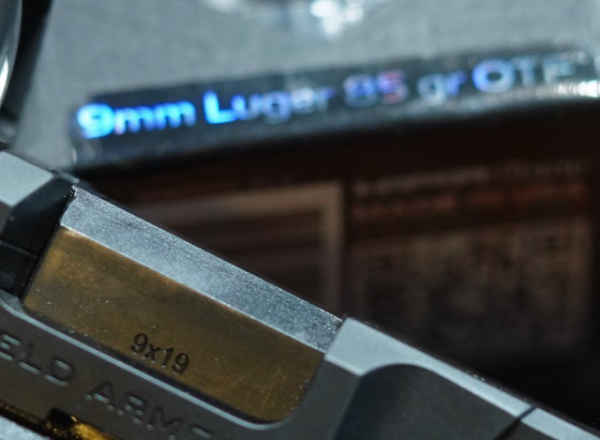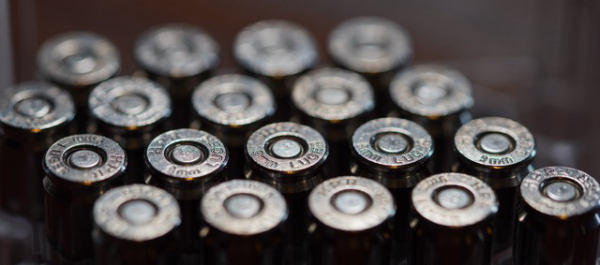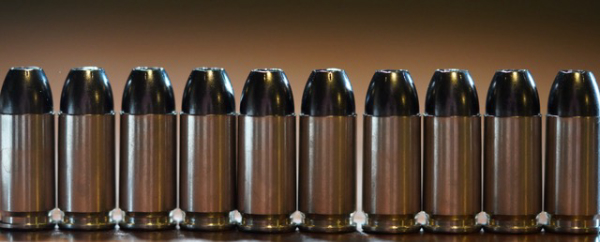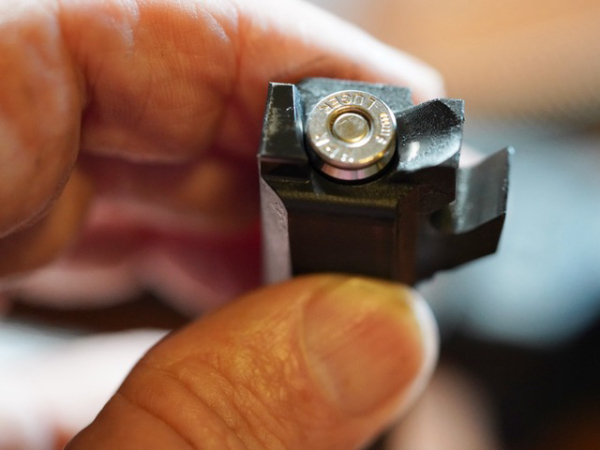Last week, I wrote about the misadventures I had at Metal Madness due to a couple of ammo/magazine “issues” - mostly self-inflicted.
The piece drew a response from George Harris, one of my favorite firearms experts and trainers. Formerly the head of training at SIG SAUER, he’s now President and CEO of International Firearms Consultants in New Hampshire. George has fixed many of my shooting issues with simple “suggestions.” That’s because they’re not just sensible, they’re based on real-world experience
George gave me permission to share his email -and the remedy the SIGARMS Academy used to test duty ammo -before it was allowed into duty guns.
Again, wise advice from a smart guy.
Here’s his response to the piece:
“On the ammo rotation thing, follow the leads of the L.E. types whose lives depend on the gun to work the first time every time.
Winchester has put into print that every six months would be a good time to rotate old ammo out and a new batch in for the next six months.”
As an ammo nerd, I could give you all kinds of “for instances” but the following note on the Drop Test might help in determining whether your ammo is up to the task at hand or not. I could go on about keeping magazines loaded, or not. Spring set in modern magazines is more of a myth than a reality in my experience.”
Here’s George Harris’ Drop Test:
Thirty years (or more) ago we implemented the “Drop Test” at the SIGARMS Academy to eliminate 99% of ammo failures associated with duty ammo in duty handguns. Without going into multiple reasons, the main reason is obvious. The gun had to work first time, every time.

The Drop Test began by looking at the end of the box of ammunition to ensure that the ammunition in the box was of the same caliber as the gun it was to be used in.

Once the box was opened, each head of the cartridge cases was inspected for correctly seated primers and consistent head stamp depths. (which indicate possible variations in rim thickness) Rounds failing this test were rejected for duty use.

The next step was to invert all fifty rounds so that the projectiles were facing the sky. A visual inspection would ensure that the bullets were all of the same type, seated to the same depth and seated in the cartridge case without damage to the case mouth. On occasion other defects were found, too numerous to mention, but serious enough to be rejected for duty usage.

Next, the barrel of the duty gun was removed from the gun and each cartridge was dropped in the chamber with the barrel held in a vertical position (muzzle down). The base of the cartridge had to seat even with the barrel hood to validate that the cartridge was neither too long or too short for the chamber of the barrel that it was to be used in.

Finally, the barrel was inverted to the muzzle up position, allowing the cartridge to drop freely into the waiting hand by way of gravity alone. Hence the Drop Test.
Once each cartridge had passed this procedure it was immediately put into a duty magazine ready for the street. This test does not take long and provides a high likelihood that ammunition failure won't contribute to disaster in an OIS.
Does it work? Here’s George’s final take on it:
“I have an ammo can of factory ammo from every manufacturer imaginable that failed this test to prove the point of how necessary this simple test can be.
Understand that nothing is 100% meaning that having plan "B" is prudent for survival but doing everything to ensure that plan "A" does its job makes one's efforts so much easier.”
Couldn’t have said it better myself, George. Thanks!
We’ll keep you posted.
— Jim Shepherd